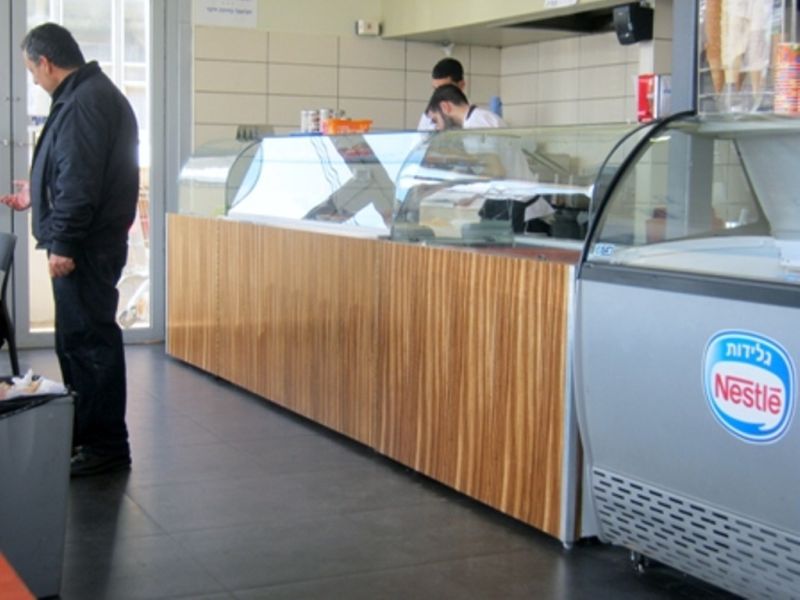Question
I recently made some raised-panel doors out of maple.
When I glued up the wood for the panels, I made sure the grain was opposing, but the panels still warped after planing/sanding to 5/8-inch-thick. The warpage was very noticeable, but not bad enough to trash the doors.
When the doors were complete, I left them in an unheated room and went on vacation for two weeks. When I got back, some of the stile-to-rail glue joints had cracked/split. I took the doors inside and repaired the damage.
My questions: Will this sort of thing keep happening even if the wood is inside, where the temperatures are more stable? How could I have prevented this? I don't have a heated shop, therefore the wood is pretty cold (due to winter) to begin with. Could this be my problem?
Forum Responses
The problem is moisture change (which is directly related to relative humidity change), not temperature change.
Warp only occurs if the moisture changes. You need to get the veneer and the solids at the correct moisture content for the job's final destination, then assemble the doors.
One place to learn more is from the video "Moisture and Wood" from the Wood Component Manufacturers Association.
Gene Wengert, forum moderator
In the case of warped wood, the problem is related to the moisture in the wood. The way the wood was or was not dryed will directly relate to the way the wood works. I have run wood that was straight before it was run through a shaper, planer or moulder and after being run the wood bowed enough to look like a rocking chair rocker.
If the wood is frozen when you process it, the wood will cut different and surface will fuzz. This may cause the glue joint not to hold well.
Comment from contributor A:
Wood moisture content is why moisture meters are sold. Various types are available for checking percent moisture in wood before you buy. Shop environment can be a contributor to moisture content. This is also controllable and affects what you measured before. Once sealed, wood can be fairly stable for years.
